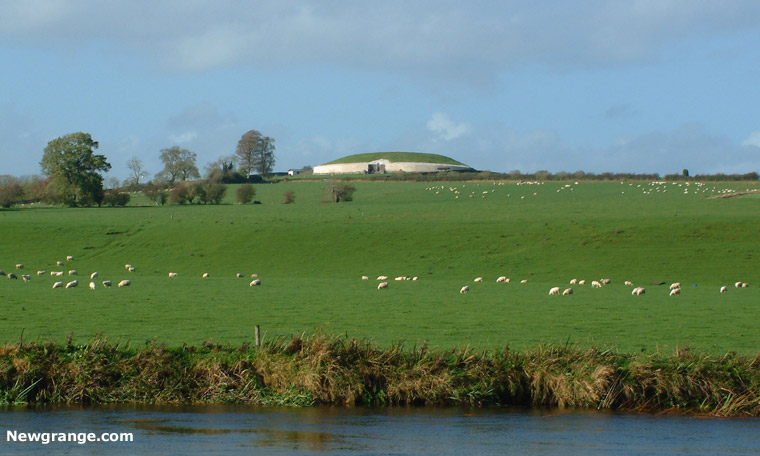Rediscovering the Winter Solstice Alignment at Newgrange
by Robert HenseyNewgrange was the first prehistoric site in Ireland to have its astronomical alignment widely accepted, and since its discovery in 1967 has remained the best-known astronomically oriented archaeological monument on this island. This chapter investigates the discovery of the winter solstice orientation at this key light-centred site. It proposes a possible new explanation for the astronomically oriented 'roof-box': that its origins can be found in a previously unidentified extension to the passage during a phase of enlargement.
Additionally, the chapter attempts to answer several fundamental questions. Is it conceivable that knowledge of the solstice was retained in the local community from the Late Neolithic? Could the solar orientation at Newgrange have been observed before its modern discovery through excavation, perhaps more than once? Finally, to what extent may pre-excavation reports of a winter solstice connection with Newgrange have influenced the reconstruction of the monument's 'roof-box' and outer passage?
Introduction
Newgrange, Co. Meath, located in Ireland's Ancient East, is an internationally important site for a variety of reasons: its scale and sophistication, its megalithic art, and not least its significant archaeological context. The monument forms part of the Boyne Valley passage tomb complex, which incorporates approximately 40 Neolithic passage tombs as well as numerous other prehistoric sites. It is referred to as Brú na Bóinne in ancient literature, usually translated as palace or mansion on the Boyne, and is associated with a substantial corpus of medieval mythology, featuring ancient deities such as the Dagda, Oengus, and Boann (the latter a personification of the Boyne River, which surrounds much of the complex).Arguably, however, it was the discovery of its orientation to sunrise on the winter solstice in the late 1960s which propelled Newgrange to the notoriety it has today, and made it the most accepted and best-known astronomically oriented prehistoric monument in Ireland. This chapter is focused on the roof-box at Newgrange. It begins with a re-examination of the reasons for its construction in the Neolithic, proposing a new idea: that this unique structure was a response to a structural problem which arose during a phase of expansion at the monument. This is followed by a detailed discussion of Newgrange in myth and memory, concentrating on late nineteenth and early twentieth century investigations at the roof-box and early accounts of the monument's winter solstice orientation. Possible Iron Age entry into the monument is also discussed.
View PDF Rediscovering the Winter Solstice Alignment at Newgrange.
Robert Hensey is an Irish archaeologist and author of First Light: The Origins of Newgrange (2015) and co-editor of The Archaeology of Darkness (2016). His research is primarily focused on the monuments and societies of the northwest European Neolithic with particular reference to Irish passage tomb chronology, art and ritual.
Boyne Valley Private Day Tour
 Immerse yourself in the rich heritage and culture of the Boyne Valley with our full-day private tours.
Visit Newgrange World Heritage site, explore the Hill of Slane, where Saint Patrick famously lit the Paschal fire.
Discover the Hill of Tara, the ancient seat of power for the High Kings of Ireland.
Book Now
Immerse yourself in the rich heritage and culture of the Boyne Valley with our full-day private tours.
Visit Newgrange World Heritage site, explore the Hill of Slane, where Saint Patrick famously lit the Paschal fire.
Discover the Hill of Tara, the ancient seat of power for the High Kings of Ireland.
Book Now

Home
| Visitor Centre
| Tours
| Winter Solstice
| Solstice Lottery
| Images
| Local Area
| News
| Knowth
| Dowth
| Articles
| Art
| Books
| Directions
| Accommodation
| Contact

